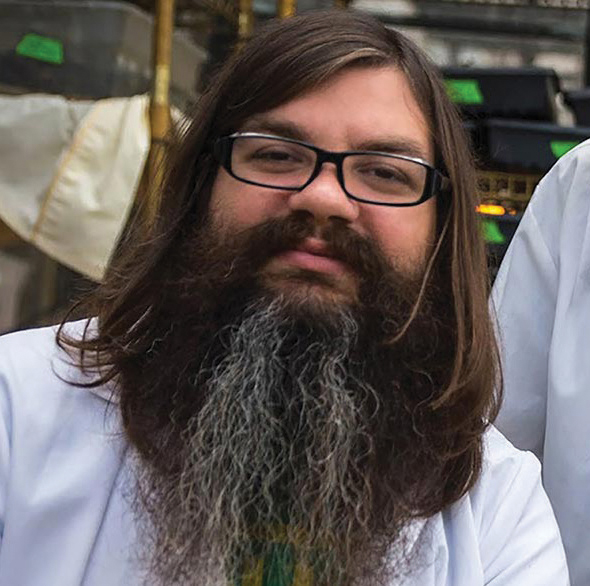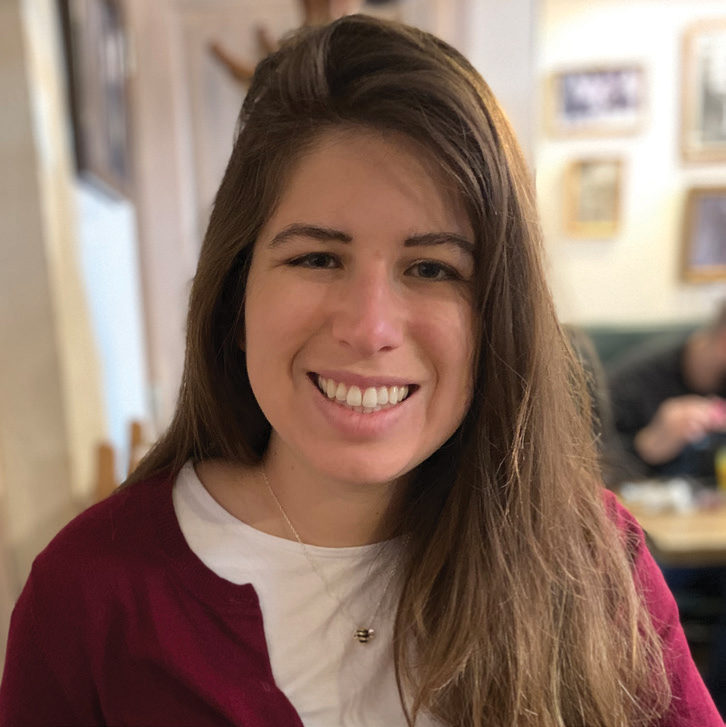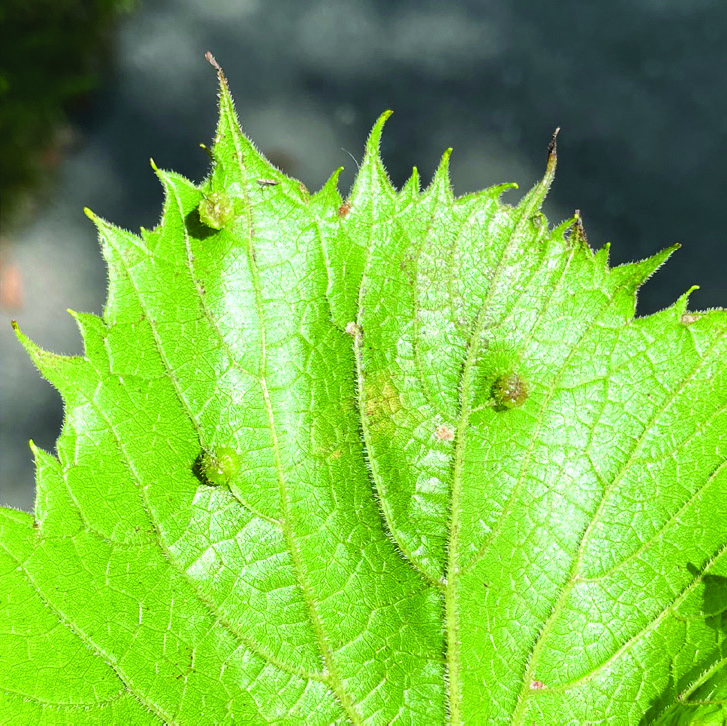Integrating WSU with groundbreaking global research: The Hood Lab
The Hood Lab’s drive to understand how urban development drives rapid evolution
One of our faculty members is among the authors of a groundbreaking global evolutionary ecology article published in the top-level research journal "Science." That faculty member is Glen Ray Hood, who joined Wayne State as an assistant professor in 2019.

“The fact that Wayne State’s name is tied to this massive, collaborative, worldwide effort is really cool,” Hood remarked, “because the magnitude of the effect that this article has on the field is huge.”
Hood knew he wanted to be part of the project as soon as he heard about it. “Just before I joined Wayne State, I was poking around on the Evolution Directory, a popular website where evolutionary biologists post all sorts of things and that’s when I saw a brief description of the Global Urban Evolution (GLUE) project and a link to a website for more information. I knew the work of the GLUE organizer, Marc Johnson, who is a very well-known and well-respected evolutionary biologist out of the University of Toronto and had cited his lab’s work a number of times in my own research papers, so I went to the website, saw that they were looking for research teams to collect specific data from as many cities as possible for a worldwide project and I got involved.”
The global study
The GLUE project ultimately brought together 287 researchers – 160 teams – from six continents in what grew to one of the largest evolutionary biology studies ever known in both overall scale and collaborative approach, with the aim to probe whether human development and specifically city environments, is spurring rapid evolution.
As focus species, the organizers chose white clover (Trifolium repens) as the model system. They focused on whether urban populations of this common and nearly cosmopolitan plant had become genetically different from neighboring natural populations in their ability to produce hydrogen cyanide, a bad-tasting, toxic chemical that helps ward off plant-eating animals.
Each of the research teams participated by collecting white clover along a stretch of land running from their selected urban location outward toward a more rural site. With their collections in hand, the research teams followed up with lab testing for the presence or absence of hydrogen cyanide.
Overall, the GLUE study revealed patterns in the production of hydrogen cyanide, including greater production of the chemical with more distance from urban centers, demonstrating that urbanization brings about adaptation at a global scale. The lead authors also gathered data suggesting that the differences in hydrogen cyanide production between urban and rural areas are due to genetic changes.
Collaboration was the key to this grand-scale project, said Hood, whose study area was located in and around Lake Charles in southwestern Louisiana. “If this study had just been done for one city, yes, it would have made a pretty nice publication in a peer-reviewed scientific journal, but with this project, we’re essentially replicating the experiment 160 times,” he said. Such large-scale projects are especially important to begin understanding the impact of humans on the natural world and to unlock other universal truths in ecology and evolution, he asserted. “With a lot of these broader questions, I think it’s time to start thinking beyond the scope of one organism in one location. And when you get a chance to participate in these collaborative, worldwide experiments, it’s important to do it because this is how we’re going to make the significant steps forward toward answering the big questions.”
Bringing it home
Hood’s participation in the GLUE project falls in line with his own research. “We’ve got a number of projects going on that center under the theme of urban ecology and urban evolution, which is what the "Science" paper was about. And primarily, that’s because we’re right in the middle of the city, which can be thought of as a grand experimental setup to answer cool biology questions,” he said.

Doctoral student Sarah Black, for instance, is heading up a variety of projects, including several that are investigating how plants and plant-feeding insects are affected by urban environmental conditions, notably the atmospheric deposition of heavy metals from industrial sources and vehicle exhaust, combined with the higher temperatures (the urban-heat-island effect) often experienced in heavily developed areas. Another of Hood’s doctoral students, Tierney Shaible, is concentrating on the below-ground biodiversity of arthropods, which are often overlooked in ecological studies but play critical roles in decomposition and soil health, Hood said.
Besides surveying transects from urban to rural areas, Shaible is examining four different land types within the city — vacant lots, urban gardens, residential yards and city parks — to learn how soil-arthropod diversity changes from one urban site to another and how it transitions from the urban city center out to a rural area.
Beyond those efforts, Hood is also heading up a major project as part of WSU’s new multidisciplinary Center for Leadership in Environmental Awareness and Research (CLEAR), which is funded by the National Institute of Environmental Health Sciences.

Hood and his research group are now expanding on their study of plants as pollution detectors in a process called phytoscreening: Plants take up water through their roots and store contaminants in their tissues, including insect-instigated plant growths, called galls and by sampling the tissues, they can detect the presence of a variety of soil contaminants.
Their findings will play off other CLEAR projects that are tracking the presence and human effects of a wide range of anthropogenic volatile organic compounds, or VOCs, that are common in the soils of Detroit and are associated with pre-term births, cancer, asthma and other health problems, he explained. “We have a lot planned with the CLEAR projects and are really starting to get things off the ground.”
Big projects, big impact
Hood is excited about continuing to participate in broad collaborative efforts. “There are so many big questions in ecology and evolution, but to get the ‘big answers,’ you can’t do it alone. You really need lots of people participating to begin to address in a bigger scope some of these important questions,” he said. “That’s why I think it’s essential in general that universities and their biology departments participate and why I think it’s really cool that Wayne State had a fingerprint on the GLUE project and this major paper in "Science."”